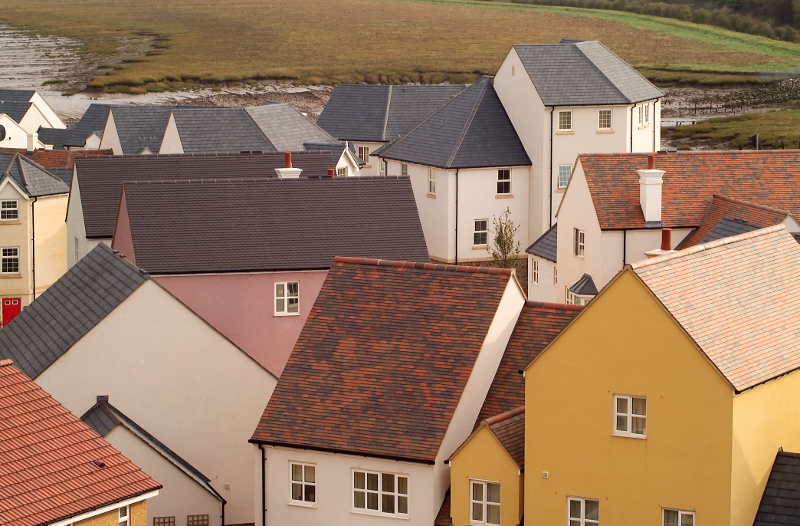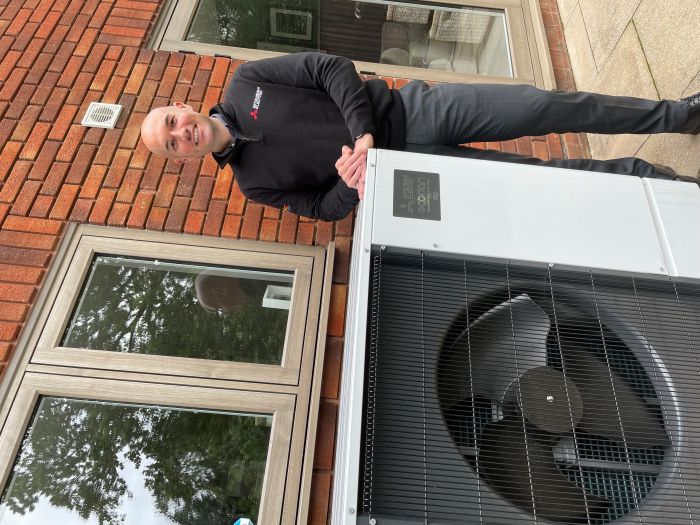Improving the energy performance of buildings has been a recurring theme for the last decade or so and whereas there is pretty much universal agreement of the need to set positive new standards, the reality has too often been more muddled than progressive.
From truly spectacular failures of so-called flagship initiatives to lack of proper consultation on proposals to make changes, the lack of forward movement has left many frustrated.
So, will SAP 10 buck that trend and provide something truly positive and progressive?
SAP Calculations are used to demonstrate the energy performance of dwellings in the UK and are a key part of building regulations compliance. The SAP document released by BRE defines exactly how the assessment works and is updated generally every four years.

For a start, there has been a more comprehensive industry-wide consultation. Although there have been frequent delays in publication of the final SAP 10 regulations, this has been a result of the BEIS and BRE anting to ensure they were taking full account of all views and stay on top of other developments. SAP 10 has been released during a period of monumental change for the wider industry, such as the Hackitt Review into building regulations and the on-going public inquiry into the Grenfell Tower fire.
So, BRE and BEIS are to be congratulated on releasing SAP 10 during such a period of upheaval and uncertainty.
Jason Hewins On-Construction Team Leader at Elmhurst Energy summarised: “The changes that have been presented in SAP 10 did not come as a great surprise to us as the consultation responses indicated what we could expect.
“Elmhurst has and always will be supportive of any change that improves the accuracy of the methodology which will result in EPCs being more reflective of dwellings. We look forward to the introduction of SAP 10 when the next version of building regulations/standards are introduced, we now must wait to hear from MHCLG (E&W), Scottish Government and DFPNI.
“Following the release of the Dame Judith Hackitt Report, we fully expect that we will start to see consultations from the regions to implement new standards for house building, watch this space.”
In a nutshell, SAP 10 recommends clear advice on: Fuel Prices and CO2 Factors; Heating Pattern; Lighting Energy; Thermal Bridging; Hot Water Demand; Photovoltaic Panels; Overheating Risk; and Thermal Mass Parameter. Further details on these key eight areas are set out below.
Jon Ponting, of Energist UK, said the question remains about how difficult it will be to show compliance with SAP10.
“The Target Emission Rate is defined in Building Regulations, so until we get a sniff of a new Part L or Section 6, we can’t answer this question,” he explained.
“An initial thought is that Dwelling Emission Rates (DER) will be lower on most houses due to the new emission factors, lower heating demand and more specific lighting calculations. However, dwellings with district heating, CHP systems and those that intend to use default thermal bridging details could well see their expected emission rates increase.”
More clarity will undoubtedly come once clear timeframes have been released for the official launch of SAP 10 into the industry.
But there is, so far, a cautious feeling of “so far, so good”.
SAP 10 recommends:
1. Fuel Prices and CO2 Factors - Many of the fuel types recognised in SAP have had their fuel prices, CO
2 and primary energy factors tweaked. Of particular interest is electricity which has seen its CO
2 emission factor reduced from 0.519 kgCO
2/kWh to 0.233 kgCO
2/kWh in SAP 10. This is to reflect the increased influence of renewable energy technologies producing electricity for the national grid.
2. Heating Pattern - SAP 10 will move to using the same heating pattern for all days, which is on 07:00-09:00 and 16:00-23:00 hours. It will likely mean better ratings for homes as the heating will now be defaulted to being on less at the weekends.
3. Lighting Energy - SAP 10 will calculate a ‘reference lighting capacity’ based on the dwellings floor area and solar gains. Should this capacity not be reached, or be exceeded, the predicted lighting energy will be increased as a result.
4. Thermal Bridging - The default y-value used in assessments where no details of thermal bridging are provided has been raised from 0.15 w/m2k to 0.2 w/m2k in SAP 10. This will create an even more severe penalty for developers who do not consider heat loss through building junctions.
5. Hot Water Demand - Calculation of hot water demand will now take into account the number of showers and baths which are present in a dwelling. This will result in a more accurate assessment of hot water demand than currently in SAP 2012.
6. Photovoltaic Panels - The calculation of electricity generated from PV now has the option to account for battery storage technology. Also, where PV is directly heating an immersion coil in a cylinder, known as a PV diverter, this will be able to be reflected in SAP 10.
7. Overheating Risk - The assessment of overheating contained in Appendix P of SAP has been changed to more accurately assess the potential for leaving windows open during hot weather. In SAP 10, if natural ventilation is used, assessors will be required to indicate if there is a source of noise that prevents windows being left open, and also if there is a security risk where windows are left open at night.
8. Thermal Mass Parameter – Indicative options of low, medium and high for thermal mass parameter have been removed from SAP 10. Therefore, all dwellings will now be required to have a calculated thermal mass parameter based on their individual element areas and kappa values.
(This article first appeared on The Hub, Mitsubishi Electric's information resource)











